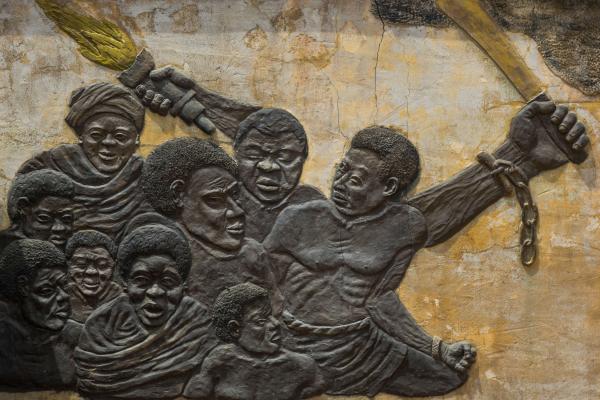On Thursday, Congress passed bipartisan criminal justice reform. As deliberation over the First Step Act continues — the bill proposing multiple reforms to the criminal justice system and currently in the legislative limelight — the 5-year renewal of the Juvenile Justice and Delinquency Prevention Act quietly achieved measurable impact for incarcerated juveniles.
Initially authorized in 1974, the expiration of the JJDPA in 2007 has left a void in addressing critical flaws in the juvenile justice system, despite multiple failed reauthorization attempts. Alongside a growing movement to shift away from punitive measures, the JJDPA curbs youth criminalization by deterring youth from further exposure to the criminal justice system.
Inequality in the juvenile justice systems has soared in the 15 years since the bill was last authorized. In a time when the Trump administratin’s Justice Department has been reticent to acknowledge and address soaring inequalities, the bipartisan reauthorization of the JJDPA signals increased accountability. The provisions of the bill also show renewed commitment to addressing mass incarceration and combatting the “Sexual Abuse to Prison Pipeline” — a term that acknowledges that an overwhelming majority of incarcerated girls are survivors of sexual abuse, and that their incarceration exposes them to re-traumatization through mandatory strip searches and risk of violation from guards and other inmates.
According to Rights4Girls report, “The Sexual Abuse to Prison Pipeline,” “The most common crimes for which girls are arrested — including running away, substance abuse, and truancy — are also the most common symptoms of abuse.” However, once JJDPA goes into effect, youth can no longer be detained for these status offenses. In this way, JJDPA shifts from criminalizing to treating symptoms of abuse.
These measures are supported by the promise of federal money, according to The Marshall Project:
[The Juvenile Justice and Delinquency Act requires] states receiving federal dollars to collect data on racial disparities in the juvenile system and to come up with concrete plans for addressing those inequities. It would ban the shackling of pregnant girls, as well as provide funding for tutoring, mental health, and drug and alcohol programs for kids.”
While the JJDPA is expected to now be signed by the president, it is far from a comprehensive solution. But the efforts of the bill to promote community-based alternatives to detaining youth offenders and the increase of trauma-informed practices for those entering the system are of critical importance to transforming criminal justice practices. While quietly passed with minimal public attention, efforts to stop senseless punitiveness and embrace restorative justice are a sign of hope for those who believe in the limitless grace of Christianity.
Got something to say about what you're reading? We value your feedback!







